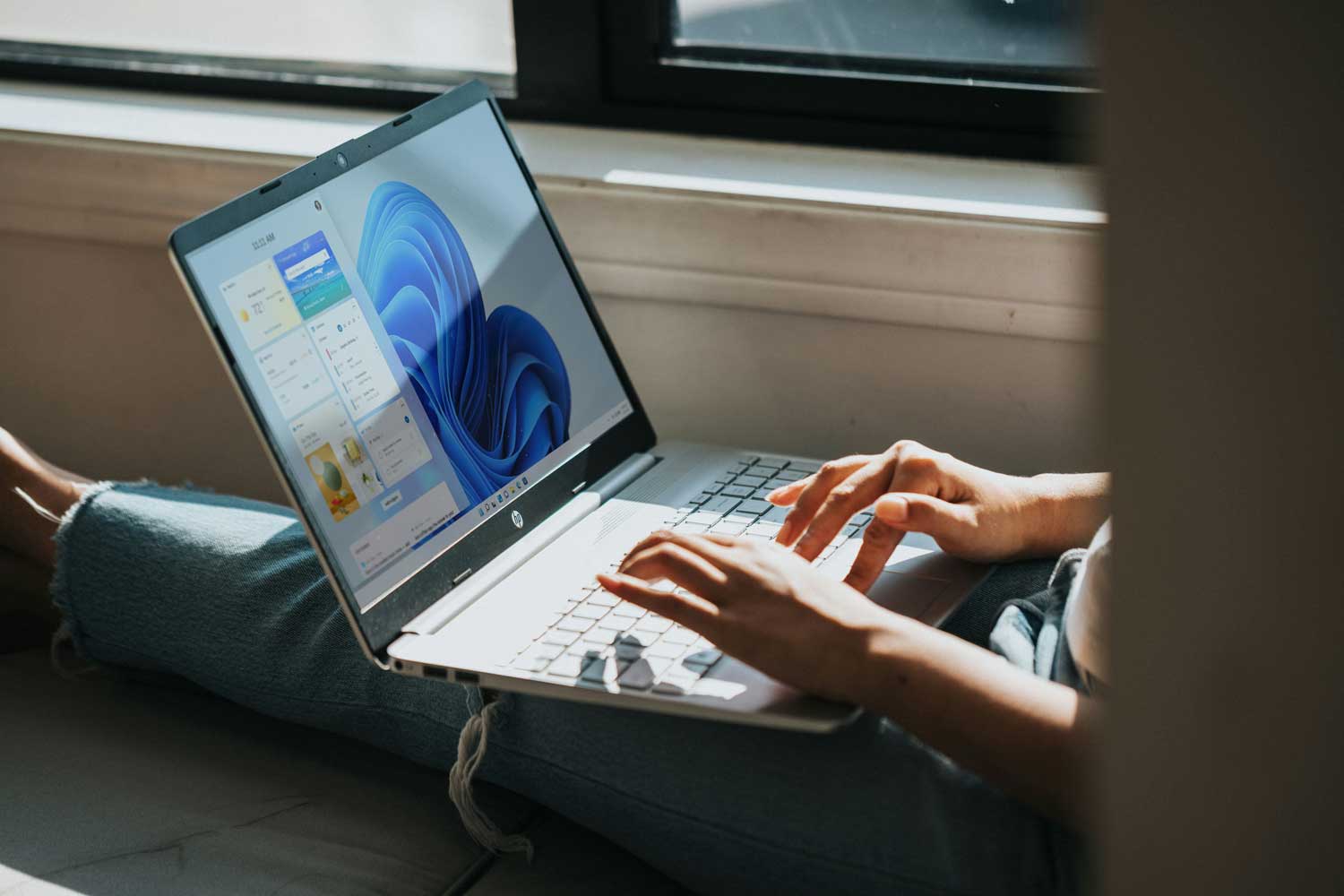- Subway station: wide angle with artificial lighting.
- Venus: close-up.
- Street scene: telephoto zoom in daylight.
- Monument: vertical position in broad daylight.
- Phantom head: Flash/night mode in very poor lighting.
Candidates for the test: Smartphones vs. Cameras
This is how the photo comparison test went
The two editors went on a photo safari together and captured the same decorations with their devices in automatic mode. This is really a first hitch for the Sven Camera Tester, who always has the idea of a better than automatic setup and loves to have the right lens for every subject in his bags. No problem for Cell Phone Tester Michael – whack, it’s over. Comparison of the original images on the screens was critical to the evaluation.
Part 4: Bokeh or selfie – the main thing is that it is well out of focus
Störtebeker’s statue in Hamburg’s HafenCity has neither curls nor glasses – yet there are clear differences in photos between his real bokeh and what smartphones calculate using object recognition.
One must think that the great differences in the bokeh effect – that is, a sharp subject against a blurry background – can only be accentuated by hair and glasses. These are often nerve points that the smartphone software has to nibble on when detecting things. Cell phones usually have to account for opacity. In many devices there are 3D assistants or sensors that support calculations with in-depth information, but in the end this only creates the illusion of bokeh.
In addition to the calculated selfie, the iPhone also saves the original photo (on the left) and is therefore ideal for comparison.
When you compare the details of the original photo (on the left) and the photo of your iPhone, you can see that not only is the background different, but the rest of the subject is also smoothed out and thus loses detail.
With the camera, you have to know which aperture creates a blurry background, with smartphones this is done via portrait mode, which on some phones starts automatically as soon as a face is recognized.
iPhone 12 Pro Max Selfie Below we take a closer look at the specific sections.
Smartphone vs. Camera: Selfie
Samsung Galaxy S21 Ultra.
Xiaomi Mi 11 Ultra.
Apple iPhone 12 Pro Max.
Panasonic Lumix TZ96.
Canon EOS M50 Mark II.
Nikon D3500.
Platz 1: Nikon D3500 (relative note: 1,0)
Selfie taken with Nikon D3500. Relative score on this test: 1.0.
Platz 2: Canon EOS M50 Mark II (relative note: 1,0)
Selfie taken with the Canon EOS M50 Mark II. Relative score on this test: 1.0.
Platz 3: Panasonic Lumix TZ96 (relative note: 2,0)
The image was taken with a Panasonic Lumix TZ96 camera. Relative score on this test: 2.0.
Platz 4: iPhone 12 Pro Max (relative note: 3,0)
Selfie taken with Apple iPhone 12 Pro Max Relative rating in this test: 3.0.
Platz 5: Xiaomi Mi 11 Ultra (relative note: 3,0)
Selfie taken with Xiaomi Mi 11 Ultra. Relative score on this test: 3.0.
Platz 6: Galaxy S21 Ultra (relative note: 4,0)
Selfie taken with Samsung Galaxy S21 Ultra. Relative score on this test: 4.0.
Bouquet: Cameras beat smartphones
Best Man: No matter how many tries – model Klaus sarcastically held the position and didn’t let anything bother her.
Real cameras don’t have to confuse what the subject is, what the background is and where exactly the boundaries extend: the photographer determines what level should be sharp, and the rest is blurred. So there are no “offset” edges. The larger the sensor, the greater the effect. The only thing left for smartphones with small sensors is digital assistance with object recognition.
Größenvergleich der Bildsensoren: Nikon D3500 (23,5×16,6 mm), Canon EOS M50 Mark II (22,3×14,9 mm), Panasonic Lumix TZ96 (6,2×4,6 mm), Xiaomi Mi 11 Ultra (11,4×8, 6 mm), Samsung Galaxy S21 Ultra (9,6×7,2 mm), Apple iPhone 12 Pro Max (6,9×5,1 mm).

“Certified gamer. Problem solver. Internet enthusiast. Twitter scholar. Infuriatingly humble alcohol geek. Tv guru.”





